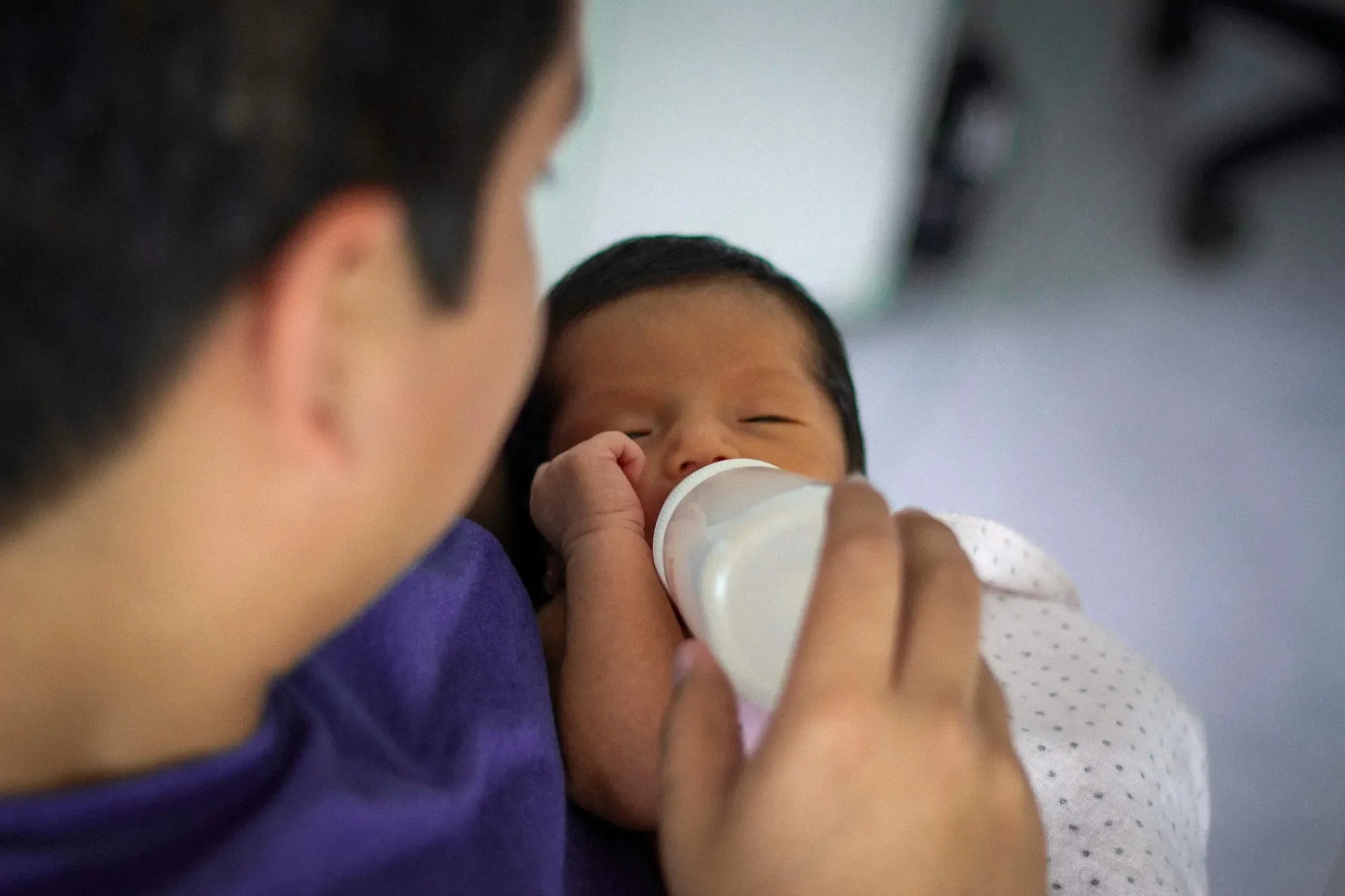Inicio
Pregnancy, Breastfeeding, and Pumping: The Ultimate Guide for Moms
Can Breast Pump Cause Cracked Nipples? Exploring the Facts

Can Breast Pump Cause Cracked Nipples? Exploring the Facts
Breastfeeding is a beautiful and natural way to nourish your baby, but it can come with its own set of challenges. One common concern among nursing mothers is whether using a breast pump can cause cracked nipples. This article explores the relationship between breast pumps and nipple health, providing valuable information to help you navigate this aspect of breastfeeding.
Understanding Cracked Nipples
Cracked nipples are a painful condition where the skin on the nipple becomes dry, chapped, or fissured. This can occur due to various reasons, including improper latch during breastfeeding, incorrect use of a breast pump, or even hormonal changes. Cracked nipples can make breastfeeding a painful experience and may lead to infections if not addressed promptly.
How Breast Pumps Work
Breast pumps are designed to mimic the sucking action of a baby, helping to express milk from the breast. They can be manual or electric, and they come with different settings to control the suction strength and speed. While breast pumps are generally safe to use, improper use or incorrect settings can lead to nipple damage.
Can Breast Pump Cause Cracked Nipples?
Yes, using a breast pump can potentially cause cracked nipples, but it is not the pump itself that is the problem. The issue often lies in how the pump is used. Factors such as incorrect flange size, excessive suction, or prolonged pumping sessions can contribute to nipple damage. It is essential to use the breast pump correctly to minimize the risk of cracked nipples.
Signs of Nipple Damage from Breast Pumping
If you are using a breast pump, it is important to be aware of the signs of nipple damage. These may include pain during or after pumping, redness, swelling, or visible cracks on the nipple. If you notice any of these symptoms, it is crucial to address the issue immediately to prevent further damage.
Preventing Cracked Nipples While Using a Breast Pump
Preventing cracked nipples while using a breast pump involves several steps. First, ensure that you are using the correct flange size. The flange should fit comfortably around your nipple without causing friction. Second, adjust the suction settings to a comfortable level. Start with a lower suction and gradually increase it if needed. Finally, limit the duration of your pumping sessions to avoid overuse.
Proper Breast Pump Hygiene
Maintaining proper hygiene when using a breast pump is essential to prevent infections and nipple damage. Always wash your hands before handling the pump and ensure that all parts of the pump are clean and sterilized. Replace any worn-out parts, such as valves or membranes, to maintain the pump's efficiency and safety.
Healing Cracked Nipples
If you do experience cracked nipples, there are several steps you can take to promote healing. Apply a lanolin-based cream or nipple balm to soothe and moisturize the skin. Allow your nipples to air dry after each feeding or pumping session. If the pain persists or you notice signs of infection, consult a healthcare professional for further advice.
Alternative Solutions for Expressing Milk
If using a breast pump is causing significant discomfort, you may want to explore alternative methods for expressing milk. Hand expression is a gentle and effective way to express milk without the use of a pump. Additionally, ensuring a proper latch during breastfeeding can reduce the need for pumping altogether.
When to Seek Professional Help
If you are experiencing persistent pain or nipple damage despite taking preventive measures, it may be time to seek professional help. A lactation consultant can provide personalized advice and support to help you use your breast pump correctly and address any underlying issues. In some cases, a healthcare provider may recommend a different type of pump or additional treatments to promote healing.
Myths and Misconceptions About Breast Pumps and Nipple Health
There are several myths and misconceptions surrounding breast pumps and nipple health. One common myth is that all breast pumps are the same and will work equally well for every mother. In reality, different pumps have different features, and what works for one person may not work for another. It is important to choose a pump that suits your needs and to use it correctly to avoid nipple damage.
The Importance of Self-Care for Nursing Mothers
Nursing mothers often prioritize their baby's needs over their own, but self-care is crucial for maintaining both physical and mental health. Taking the time to care for your nipples, using the breast pump correctly, and seeking help when needed can make a significant difference in your breastfeeding journey. Remember, a healthy and comfortable mother is better equipped to care for her baby.
Breastfeeding is a journey that comes with its own set of challenges, but with the right knowledge and support, you can overcome them. By understanding the potential risks of using a breast pump and taking steps to prevent nipple damage, you can ensure a more comfortable and enjoyable breastfeeding experience. Your health and well-being are just as important as your baby's, so take the time to care for yourself as you navigate this beautiful journey of motherhood.
Compartir

